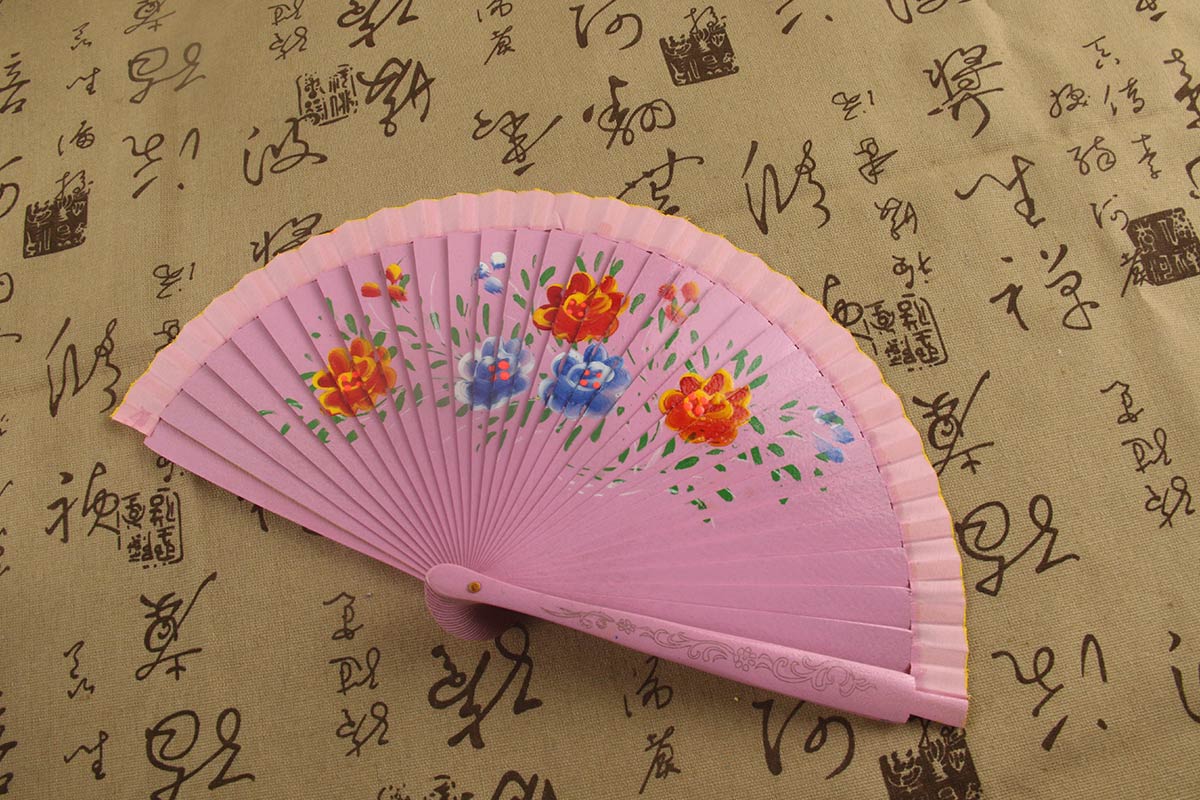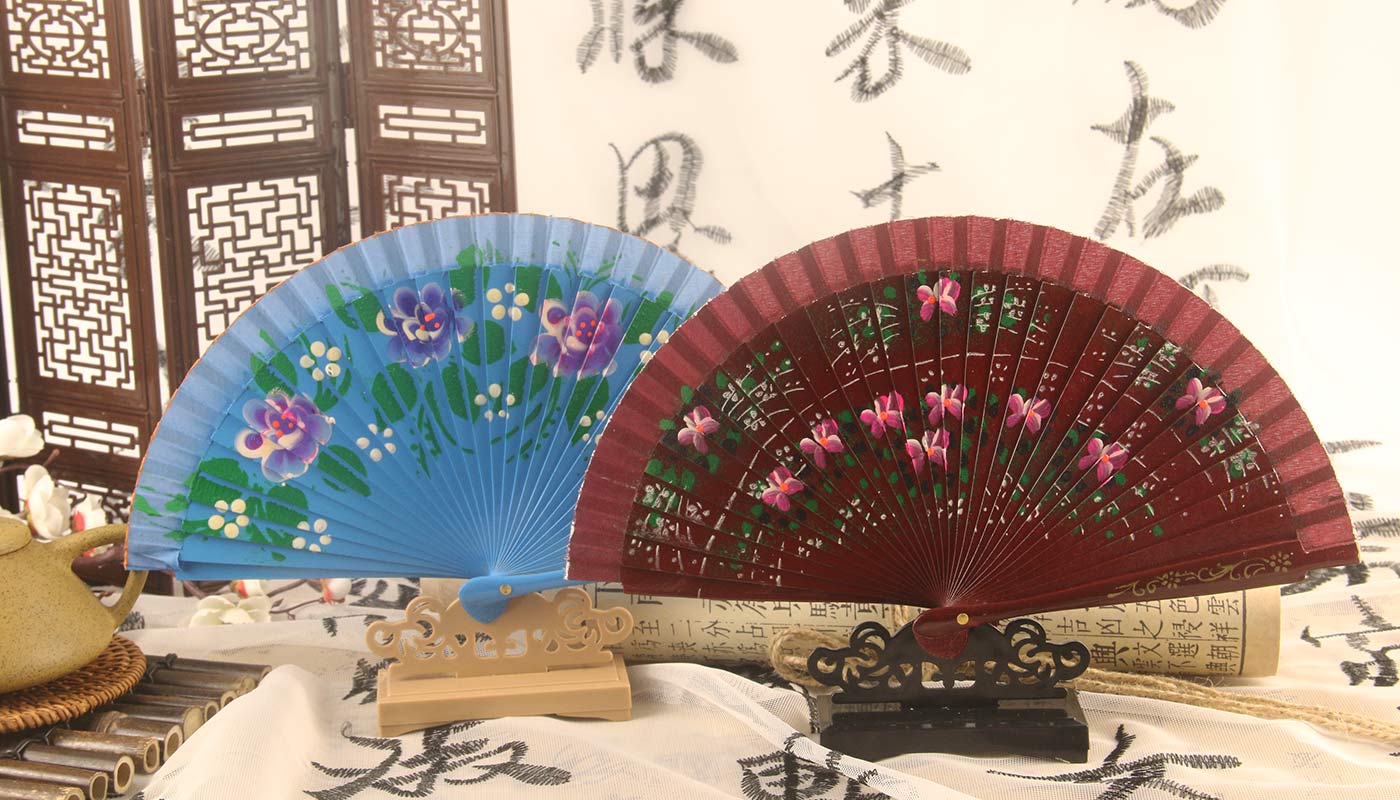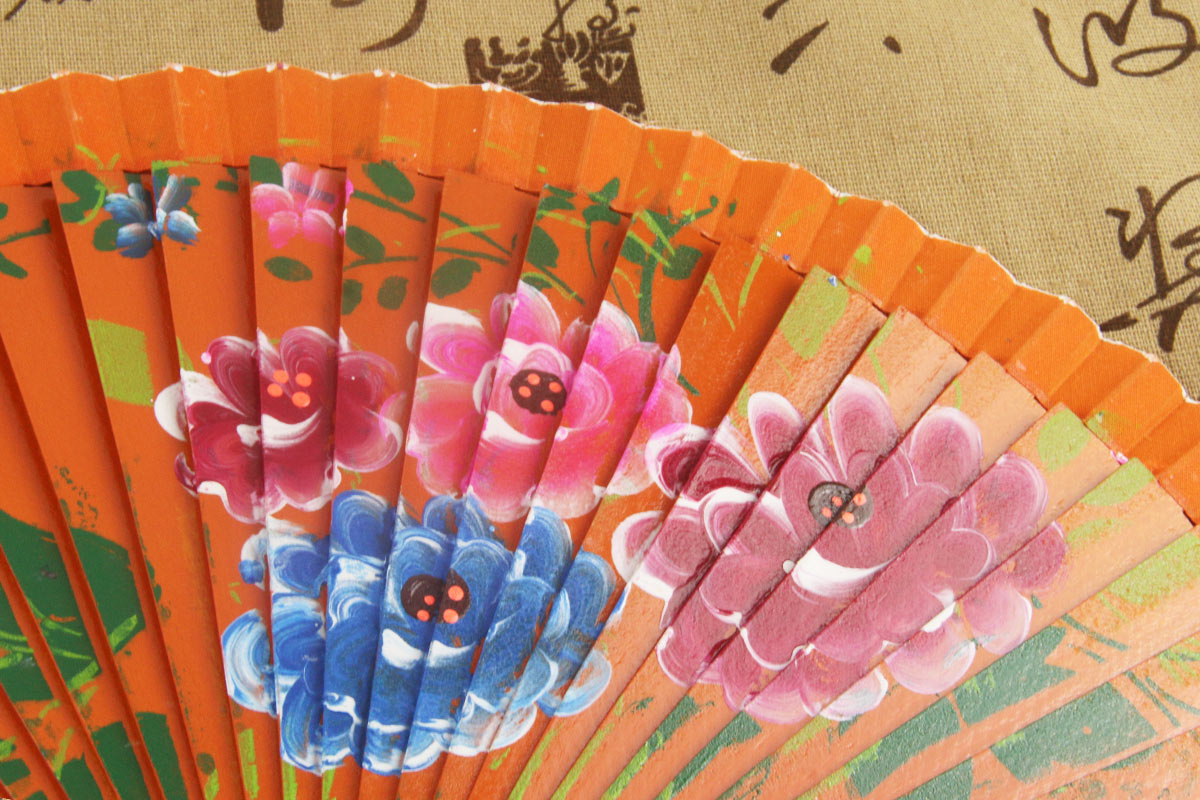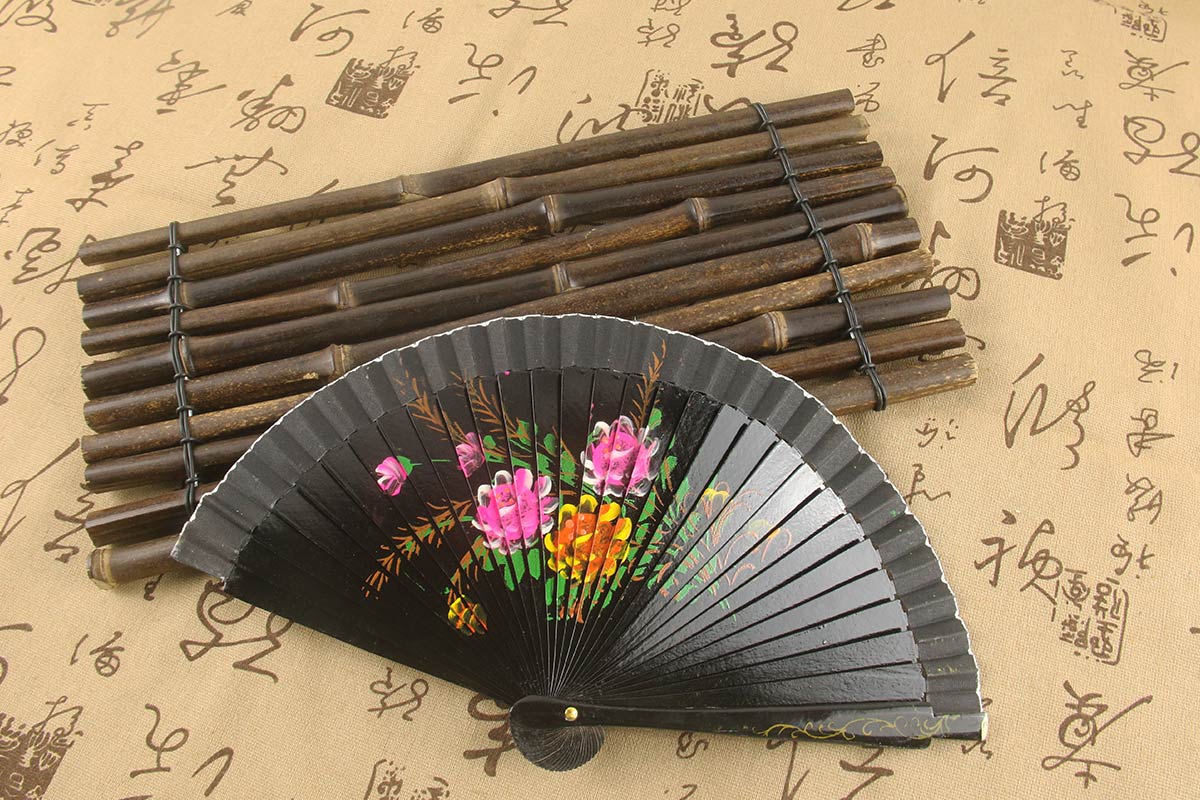Understanding the Structure of a Painted Hand Fan
The ribs of a painted hand fan serve as its core structure, providing support for the decorative surface while allowing it to open and close smoothly. These ribs are not just mechanical elements—they are often crafted with careful attention to symmetry, strength, and aesthetics. Making high-quality fan ribs requires a blend of craftsmanship, material knowledge, and attention to design precision. Whether you’re a fan maker, artist, or collector looking to understand the process, knowing how to construct the ribs of a fan is foundational.
Choosing the Right Material for Painted Hand Fan Ribs
The durability and elegance of a painted hand fan depend heavily on the choice of materials for its ribs. Traditional fans often use natural materials, while modern designs may incorporate synthetics. Below are common materials used:
-
Bamboo: Lightweight and flexible, bamboo is the most widely used rib material. It absorbs paint and dye well, making it suitable for delicate painted hand fan designs.
-
Sandalwood: Known for its fragrance and smooth texture, sandalwood ribs are usually found in premium hand fans.
-
Plastic or Acrylic: While less traditional, synthetic materials offer precision and consistency in mass production.
-
Metal: Rare but occasionally used for artistic or structural purposes, offering a modern twist on classic fan design.
Selecting the material isn’t just about aesthetics—it affects the folding motion, the weight of the fan, and the longevity of the painted hand fan.
Step-by-Step Process: How to Make the Ribs of a Fan
Making the ribs for a painted hand fan involves a series of well-calibrated steps. Each step must be executed carefully to ensure balance, symmetry, and a smooth folding mechanism.
-
Material Preparation
-
Raw materials are cut into strips, ensuring uniform width and thickness.
-
Surfaces are smoothed to prevent splintering and facilitate later painting or design work.
-
-
Shaping and Sizing
-
Each strip is shaped using templates or precision tools to maintain consistency.
-
Ends are rounded or pointed, depending on the desired fan style.
-
-
Piercing and Drilling
-
Small holes are drilled near the base of each rib to allow them to be strung together with a rivet or pin.
-
For decorative painted hand fan styles, intricate patterns may be pierced into the ribs using laser cutters or manual tools.
-
-
Assembly
-
The ribs are aligned, typically with one thicker rib known as the guard on each end.
-
A rivet is inserted to bind the ribs together while allowing them to pivot smoothly.
-
-
Attachment to Leaf
-
A paper, silk, or fabric leaf—often painted by hand—is glued or sewn onto the top edges of the ribs.
-
The alignment is crucial to ensure the fan opens evenly and maintains visual balance.
-
Key Design Considerations for Painted Hand Fan Ribs
Beyond basic functionality, the ribs of a painted hand fan are also an artistic element. Designers consider several factors when crafting fan ribs:
-
Proportion and Symmetry: The number of ribs must suit the fan’s diameter to ensure even spacing.
-
Thickness: Thinner ribs allow for delicate appearances but may sacrifice durability.
-
Surface Treatment: Ribs may be lacquered, polished, or painted to match the leaf’s aesthetic.
A painted hand fan with well-crafted ribs will not only operate smoothly but also enhance the artistic impression of the fan as a whole.
Decorative Techniques for Fan Ribs
In high-end and traditional painted hand fan designs, the ribs themselves are often decorated, adding visual depth and cultural value. Common decorative methods include:
-
Carving: Intricate carvings of flowers, birds, or geometric motifs are added using hand tools or CNC machines.
-
Inlay: Materials like mother-of-pearl or gold leaf may be inlaid into wooden ribs for added luxury.
-
Burnishing or Painting: Ribs are sometimes hand-painted to complement the artwork on the fan leaf, creating a unified visual theme.
These decorative techniques make the painted hand fan not just a functional accessory but a collectible work of art.
Challenges in Crafting Fan Ribs for Painted Hand Fans
Making fan ribs may seem straightforward, but achieving quality and consistency across each piece presents several challenges:
-
Warping of Natural Materials: Wood or bamboo can warp with humidity, requiring careful selection and treatment.
-
Alignment Issues: Even minor inconsistencies in rib width or placement can cause the fan to open unevenly.
-
Compatibility with Fan Leaf: The curvature and length of ribs must perfectly match the dimensions of the fan leaf to ensure aesthetic harmony.
These challenges are especially crucial in handmade painted hand fan production, where imperfections are more visible.
Why Rib Quality Impacts the Longevity of a Painted Hand Fan
Even the most beautifully painted fan will fail to impress if its ribs break or shift over time. Rib quality directly impacts:
-
Durability: Well-made ribs support the delicate leaf without cracking.
-
Functionality: A fan with poor rib balance may stick, fold unevenly, or lose its arc shape.
-
User Comfort: Smoothly sanded ribs are more comfortable to hold and operate, enhancing the user experience.
Collectors and customers should examine rib construction carefully when choosing a painted hand fan to ensure long-term use and preservation.
Final Thoughts: The Role of Craftsmanship in Painted Hand Fan Ribs
The ribs of a fan are often overlooked, yet they carry the weight—literally and figuratively—of the entire painted hand fan. From material choice to decorative detail, each rib reflects the maker’s craftsmanship. As trends in artisanal products grow, the market for traditionally made hand fans with high-quality ribs is seeing renewed interest.
Whether you are exploring fan-making as a hobby, sourcing premium fans as a buyer, or simply curious about what lies beneath the surface of a painted hand fan, understanding how the ribs are made gives you a deeper appreciation for this timeless accessory.






